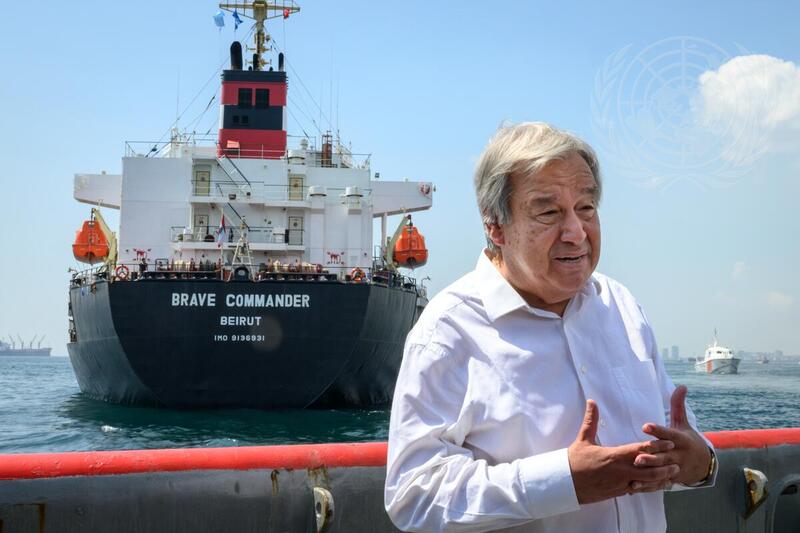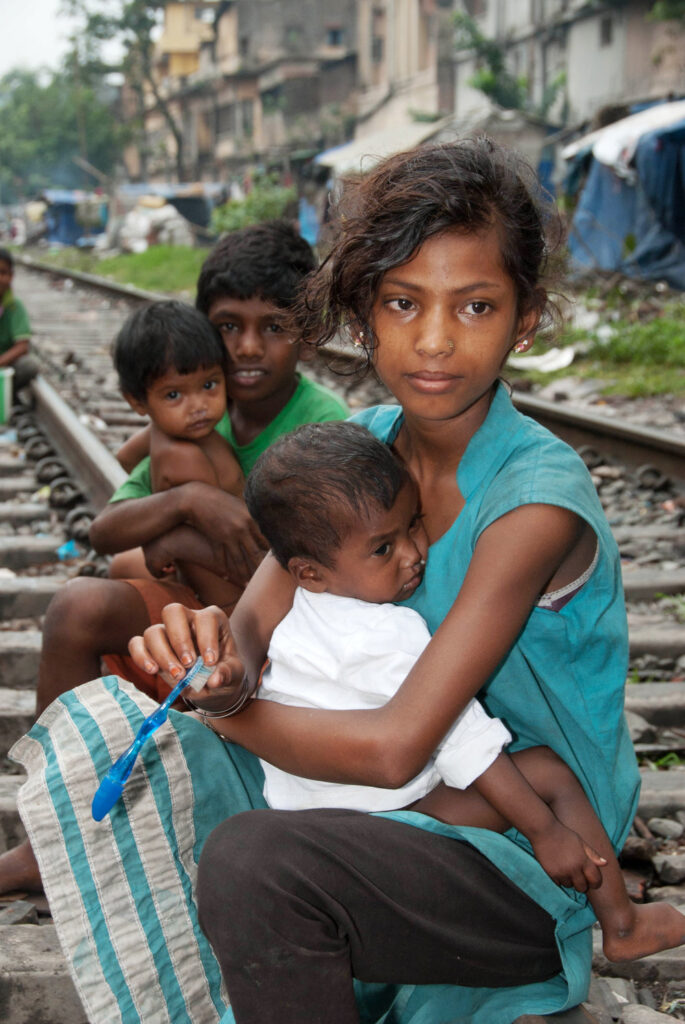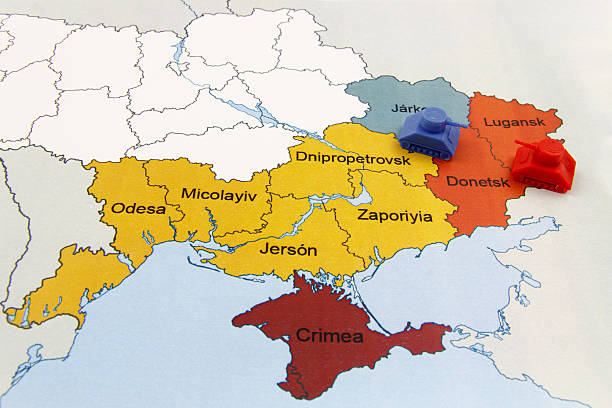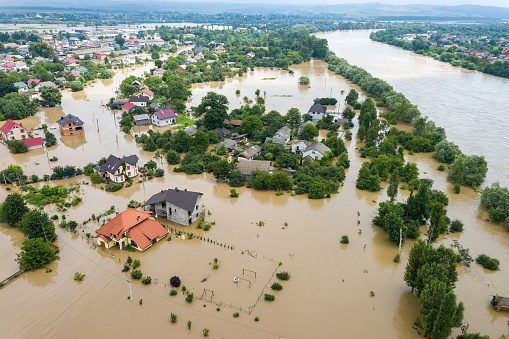Lack of effective refrigeration directly results in the loss of 526 million tonnes of food production – 12 per cent of global total.
Developing countries could save 144 million tonnes of food annually if they reached the same level of food cold chain infrastructure as developed countries. The report ‘Sustainable Food Cold Chains: Opportunities, Challenges and the Way Forward’, published jointly with the FAO and UNEP, is available at http://bit.ly/3A3dP8z. It emphasizes the need for robust, sustainable cold chains to maintain the quality, nutritional value and safety of food, and to reduce losses, offering case studies and solutions to the challenge.
Amid Food and Climate Crises, Investing in Sustainable Food Cold Chains Crucial – More than 3 billion people can’t afford a healthy diet
Sharm El Sheikh, Egypt, November 12 – As food insecurity and global warming rise, governments, international development partners and industry should invest in sustainable food cold chains to decrease hunger, provide livelihoods to communities, and adapt to climate change, the UN said today.
Launched today at the 27th Climate Change Conference (COP 27), the Sustainable Food Cold Chains report, from the UN Environment Programme (UNEP) and the Food and Agriculture Organization of the United Nations (FAO), finds that food cold chains are critical to meeting the challenge of feeding an additional two billion people by 2050 and harnessing rural communities’ resilience, while avoiding increased greenhouse gas emissions.
The report was developed in the framework of the UNEP-led Cool Coalition in partnership with FAO, the Ozone Secretariat, UNEP OzonAction Programme, and the Climate and Clean Air Coalition.
“At a time when the international community must act to address the climate and food crises, sustainable food cold chains can make a massive difference,” said Inger Andersen, Executive Director of UNEP. “They allow us to reduce food loss, improve food security, slow greenhouse gas emissions, create jobs, reduce poverty and build resilience – all in one fell swoop.”
Food insecurity on the rise
The number of people affected by hunger in the world rose to 828 million in 2021, a year-on-year rise of 46 million.
Almost 3.1 billion people could not afford a healthy diet in 2020, up 112 million from 2019, as the economic impacts of the Covid pandemic drove up inflation. This year, meanwhile, the conflict in Ukraine has raised the prices of basic grains threatening food security.
All of this comes while an estimated 14 per cent of all food produced for human consumption is lost before it reaches the consumer. The lack of an effective cold chain to maintain the quality, nutritional value and safety of food is one of the major contributors (12% of total loss).
According to the report, developing countries could save 144 million tonnes of food annually if they reached the same level of food cold chain infrastructure as developed countries.
As post-harvest food loss reduces the income of 470 million small-scale farmers by 15%, mainly in developing countries investing in sustainable food cold chains would help lift these farm families out of poverty.
Climate impact
The food cold chain has serious implications for climate change and the environment. Emissions from food loss and waste due to lack of refrigeration totalled an estimated 1 gigatonne of carbon dioxide (CO2) equivalent in 2017 – about 2 per cent of total global greenhouse gas emission
In particular, it contributes to emissions of methane, a potent but short-lived climate pollutant. Taking action now would contribute to reducing atmospheric concentrations of methane this decade.
Overall, the food cold chain is responsible for around 4 per cent of total global greenhouse gas emissions – when emissions from cold chain technologies and food loss caused by lack of refrigeration are included.
Lost food also damages the natural world by driving unnecessary conversion of land for agricultural purposes and use of resources such as water, fossil fuels and energy.
Reducing food loss and waste could make a positive impact on climate change, but only if new cooling-related infrastructure is designed to use gases with low global warming potential, be energy efficient and run on renewable energy.
The adoption of the Kigali Amendment to the Montreal Protocol and the Rome Declaration on “the contribution of the Montreal Protocol to sustainable cold chain development for food waste reduction” provide a unique opportunity to accelerate the deployment of sustainable food cold chains.
Progress being made
Projects around the world show that sustainable food cold chains are already making a difference. In India, a food cold chain pilot project reduced losses of kiwi fruit by 76 per cent while reducing emissions through the expansion of use of refrigerated transport.
In Nigeria, a project to install 54 operational ColdHubs prevented the spoilage of 42,024 tonnes of food and increased the household income of 5,240 small-scale farmers, retailers and wholesalers by 50 per cent.
But these projects, among many other illustrative case studies in the new report, are still the exception rather than the norm.
Recommendations for decision makers
To expand sustainable food cold chains globally, the report makes a series of recommendations for governments and stakeholders, including:
Take a holistic systems approach to food cold chain provision, recognizing that the provision of cooling technologies alone is not enough.
Quantify and benchmark the energy use and greenhouse gas emissions in existing food cold chains and identify opportunities for reductions.
Collaborate and undertake food cold chain needs assessments and develop costed and sequenced National Cooling Action Plans, backed with specific actions and financing.
Implement and enforce ambitious minimum efficiency standards, and monitoring and enforcement to prevent illegal imports of inefficient food cold chain equipment and refrigerants.
Run large-scale system demonstrations to show positive impacts of sustainable cold chains, and how interventions can create sustainable and resilient solutions for scaling.
Institute multidisciplinary centres for food cold chain development at the national or regional level.
About the Cool Coalition
The Cool Coalition is a global multi-stakeholder network government, cities, international organizations, businesses, finance, academia, and civil society groups committed to a rapid global transition to efficient and climate-friendly cooling. The Coalition is one of the official outcomes and “Transformation Initiatives” put forward by the Executive Office of the Secretary-General for the UN Climate Action Summit. The Coalition’s Secretariat is hosted by the United Nations Environment Programme.
About the Climate and Clean Air Coalition
The Climate and Clean Air Coalition is a voluntary partnership of governments, intergovernmental organizations, businesses, scientific institutions and civil society organizations committed to improving air quality and protecting the climate through actions to reduce short-lived climate pollutants, including methane, black carbon, tropospheric ozone, and hydrofluorocarbons (HFCs). The Coalition’s Secretariat is hosted by the United Nations Environment Programme.
Terry Collins & Assoc. | tca.tc | Clients 2020: https://bit.ly/TCANews2020 | LinkedIn.com/in/terrycollins, Toronto, M6R1L8 C
Media contacts:
Sophie Loran (at COP 27), +33-601-377-917 sophie.loran@un.org
Terry Collins +1-416-878-8712, tc@tca.tc
United Nations correspondent journalists – United Nations correspondent journalists – United Nations correspondent journalists – United Nations journalism articles – United Nations journalism articles – United Nations journalism articles – United Nations News – United Nations News – United Nations News










